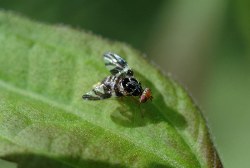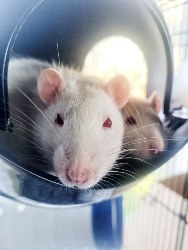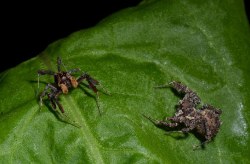Painted ladies seen in the Far North
Painted ladies seen in the Far North
Invasion from Australia
With additional interest being shown each
year in growing milkweed to encourage the Monarch butterfly,
the Monarch Butterfly NZ Trust is concerned to learn that
two nurseries, for various reasons, have been unable to
produce enough Swan plants so far this season.
“At present, in the North Island, there appears to be a shortage of well-grown Swan plants,” said Jacqui Knight, spokesperson for the Trust. “We are receiving reports from seed merchants that their seed sales have skyrocketed since we have been raising awareness in the Monarch. And it is encouraging to see so many schools, teachers and families enjoying this wonderful activity together, learning more about Nature and the environment.”
“But it is bad news that their will be a shortage of host plants for the egg-laying Monarchs.
The Trust has learned that one plant nursery has been sold, and changed direction, while another has changed to new premises and has not been able to go into production as early as he would have liked.
“If only people didn’t wait until spring to plant their milkweed,” said Vicky Steele, a Trustee from her Christchurch base. “It is never too late to have plenty of food for the Monarchs.”
Monarch butterflies (Danaus plexippus) overwinter in tall trees in NZ – mostly conifers – in parks and on golf courses, usually in urban locations where they can also access nectar-producing flowers on sunny days. In spring, they will mate, and then the female Monarch will begin her search for the milkweed on which to lay up to 1,000 eggs.
Due to predation, probably only one egg in 1,000 will make it to maturity.
The Monarch Butterfly NZ Trust is undertaking research to find out more about the Monarch, so that plans can be put in place to protect the Monarch and other NZ Lepidoptera. It is believed that they are all badly affected by the wasps which have recently arrived in NZ, as well as the South African praying mantis.
More information as to plants and butterflies can be obtained from the Monarch Butterfly NZ Trust.
ends


 Business Canterbury: Urges Council To Cut Costs, Not Ambition For City
Business Canterbury: Urges Council To Cut Costs, Not Ambition For City Wellington Airport: On Track For Net Zero Emissions By 2028
Wellington Airport: On Track For Net Zero Emissions By 2028 Landcare Research: ANZAC Gall Fly Release Promises Natural Solution To Weed Threat
Landcare Research: ANZAC Gall Fly Release Promises Natural Solution To Weed Threat NZ Anti-Vivisection Society: Auckland Rat Lovers Unite!
NZ Anti-Vivisection Society: Auckland Rat Lovers Unite! University of Canterbury: $1.35 Million Grant To Study Lion-like Jumping Spiders
University of Canterbury: $1.35 Million Grant To Study Lion-like Jumping Spiders Federated Farmers: Government Ends War On Farming
Federated Farmers: Government Ends War On Farming



